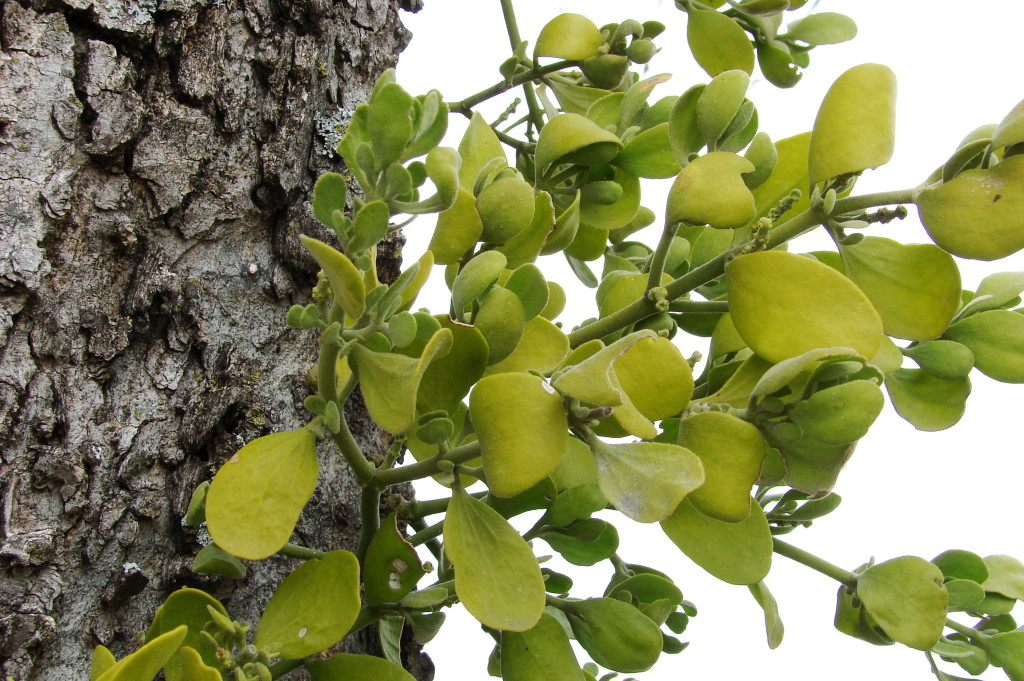Most of us know mistletoe as the decorative plant associated with Christmas under which people who absentmindedly wander under it may be unexpectedly kissed.

Not just a beautiful tree partner anymore, mistletoe has revealed unsuspected cancer-fighting powers.
In the wild, it’s a semi-parasitic plant that grows on trees and is best harvested there, as it can be difficult to cultivate.
In Europe, particularly Germany and other northern European countries, it is now one of the most widely used unconventional cancer treatments, and is prescribed for most cancer patients.
Only the European variety of mistletoe is used for cancer treatment. The most common commercial preparations are sold under the trade names Iscador and Helixor.
It not only stimulates and strengthens the immune system in its fight with cancer, it is directly cytotoxic and helps extend survival and improve quality of life for most cancer patients.
Even late-stage cancer patients may gain significant benefit from mistletoe, as it can help decrease pain, increase energy, improve appetite, and elevate mood.
It is not a cure for these patients, but it can significantly smooth the transition as they go through their final phase of life.
 Many clinical trials have examined the benefits mistletoe for treating cancer. A review of five retrospective studies revealed that the 10-year survival rate of patients with certain cancers was much higher in those who used mistletoe versus those who didn’t.
Many clinical trials have examined the benefits mistletoe for treating cancer. A review of five retrospective studies revealed that the 10-year survival rate of patients with certain cancers was much higher in those who used mistletoe versus those who didn’t.
- For lymphoma/leukemia patients, the 10-year survival rate of those using mistletoe was 81.4%, compared to 29.3% for those not using the therapy.
- For breast cancer patients, 10-year survival improved to 86.1% versus 61.2%.
- In malignant melanoma patients, 10-year survival was 88.5% versus 57.3%.
- Finally, in pancreatic cancer patients (who have one of the lowest survival rates of all cancers), the 10-year survival rate was 13.6% for those who used mistletoe, versus 2.5% for those who did not.
Mistletoe is beneficial for patients in all stages of cancer, from early-stage patients in remission trying to prevent recurrence, to late-stage patients looking to improve their quality of life.
To review: With no drug interactions and minimal side effects, mistletoe is a wonderful, natural adjunctive cancer treatment that is directly cytotoxic to cancer cells, boosts the immune system, improves quality of life, and increases survival rates.
For more information about mistletoe, and to try this natural therapy, please contact us at the Hernandez Center: (650) 917-1121.






Speak Your Mind
You must be logged in to post a comment.